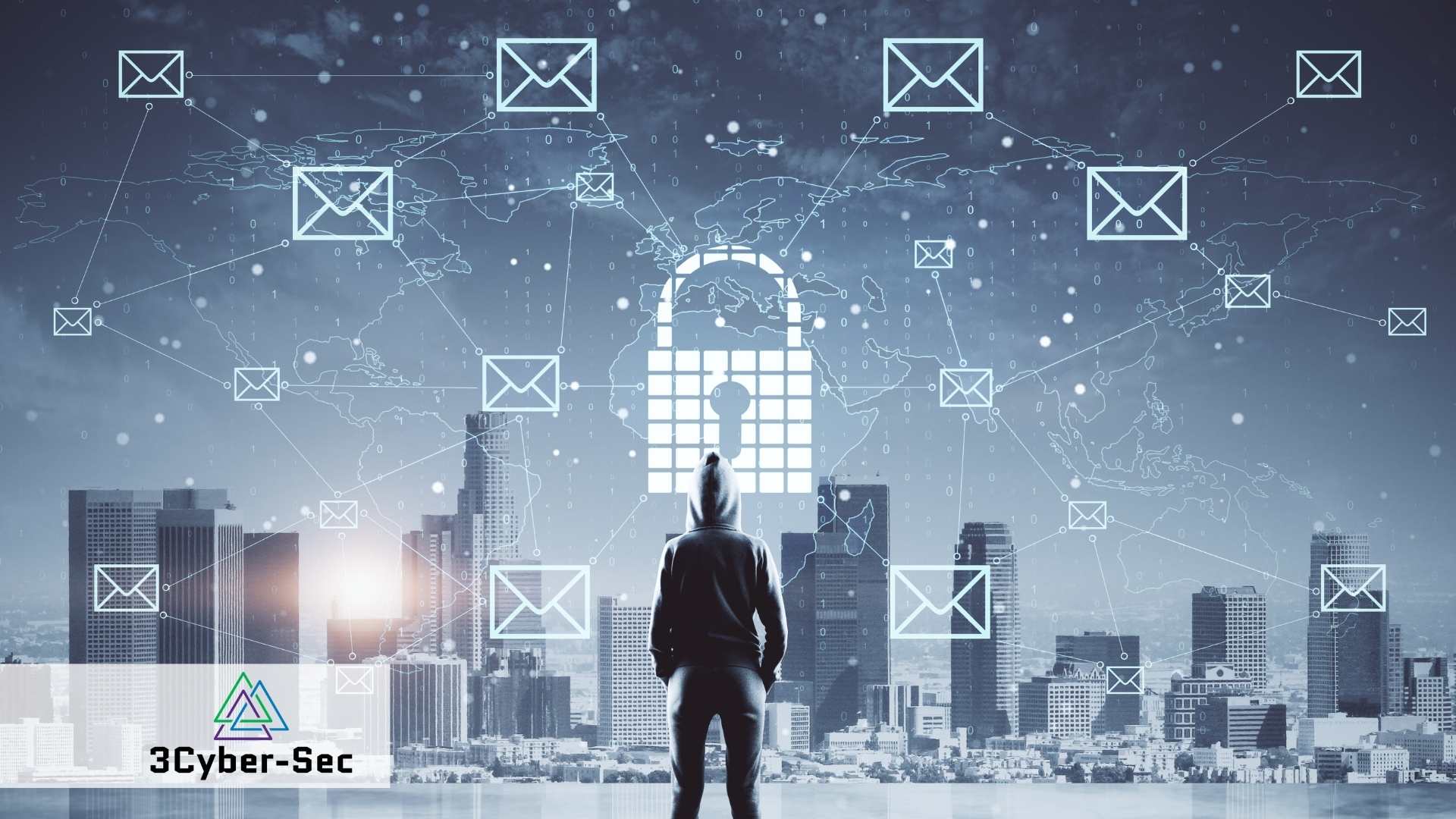With the rising sophistication of threat actors on a global scale, cybersecurity is becoming not only top of mind for CISOs but for organisation executives, too. These individuals are increasingly seeking to protect their businesses from cyber attacks – in whatever form they may come.
The sheer variety of cyber threats is on the rise and it’s important to look at the trends for 2022 both in terms of what problems we’re seeing and likely to see during the year as well as what solutions these organisations are taking to prevent and manage cyber threats. To find out more about cybersecurity trends for 2022, keep reading below.
The problem: setting the scene for 2022
Our virtual lives are being impacted on a daily basis by threat actors and malicious hackers who seek access to personal information and data to cause financial losses, reputational damage and even business and governmental disruptions to achieve their goals. With this in mind, it’s important to take a look at some of the cybersecurity challenges that we’re expected to see more of during the year.
- Ransomware
Ransomware is a financially motivated cybercrime. It generally consists of malicious actors taking hold and control of an organisation’s data and files and preventing them from using it until a ransom is paid. The currency of choice is typically crypto. Ransomware is on the rise and it is predicted to increase further in the year.
- 5G data transfers via cloud
Remote work has become a normal part of our lives as more and more people work from home. With this, there is an increased use of cloud facilities to exchange and transfer data. One of the fastest ways to do this today is through 5G data transfers. But cybercriminals are capable of intercepting connections between workers in their homes (which may not be as secure as a workplace network) and then gaining access to data and personal information without necessarily being noticed.
- Susceptibility to phishing owing to greater remote work
Phishing is a malicious act that seeks to cripple organisations through infecting them with viruses or gaining access to their valuable data. With the rise of remote work, as mentioned above, there is a lack of access or insufficient supervision of private networks and therefore less control over what employees click on when they receive an email. Phishing scams typically target email users but it’s not only that. However, through email, an unsuspecting employee may click on a malicious link or download a harmful attachment and cause their organisation great harm.

- Creation of synthetic identities
Scammers are also beginning to become more sophisticated in terms of infiltrating organisations. One way of doing this is through the creation of synthetic identities. These identities contain a mix of real and fake personal data, with which they seek to gain employment in an organisation and thereby gain access to private data they would not have previously had the opportunity to get access to.
- Mobile fraud/IoT devices
The world of mobile phones is massive. There are literally billions of devices owned by a vast proportion of the world’s population. These devices and others that play a similar role require Internet connectivity and therefore fall under the scope of the Internet of Things (IoT) category. However, cellphones can and are often stolen to see scammers using personal accounts to shop online, make money transfers, and more. This, together with the fact that scammers can take photos of people entering in their passwords, makes mobile devices unsafe and susceptible to risk in 2022 as well.
- Social engineering attacks
Social engineering attacks are attacks where a malicious threat actor seeks to gain physical entry into an organisation by masquerading as an employee, an interviewee, a third-party vendor or other actor that is legally associated with the organisation. This type of manipulation relies on the human factor and is increasingly becoming a problem to look out for in 2022.
- Phishing-as-a-Service: Geo-targeted attacks
Phishing was mentioned earlier as a problem related to remote work. However, the problem goes deeper than that. With geo-targeted attacks taking advantage of a user’s current geographic location, it’s becoming ever easier for scammers to target their victims via email and use information they know about the victim to craft more sophisticated emails that create a sense of urgency and call for an action to be taken. This action is typically associated with malicious intent that seeks to gain access to private information which the scammer can then use to defraud the individual affected.
Mitigating cybersecurity problems in 2022
Despite the challenges that we are facing with regard to cybersecurity in 2022, organisations are stepping up to the plate and are taking steps to mitigate their risks. However, it must be said that although many executives and CISOs see the need for increased protection, there are just as many that are taking little action to protect themselves. But, with mitigating steps being taken by proactive institutions, risks can be subdued and managed better. Some of the ways in which this can be done is by exploring links between vendors in digital supply chains or consolidating vendors in the security realm.
Multi-factor authentication is also becoming a prominent method of doubling-up on security, as is real-time data monitoring. Furthermore, we are also expected to see much more offerings related to Security-as-a-Service, while the implementation of machine learning in mitigating cyber threats is another area of growth. Finally, with the legal need for GDPR compliance, at least in Europe, we’re likely to see more organisations taking measures to reduce risks and ensure that they are in good legal standing.
Final thoughts
Cybersecurity threats are all around us and continued vigilance is required by all actors in an organisation. It takes one click to take you down the rabbit hole of phishing, ransomware or other cybersecurity related risks and challenges. At 3Cyber-Sec, we take your organisation’s security seriously. Consider us your partners in a safer online world where we play a leading role in managing and mitigating risks while also ensuring that threats are minimised and that malicious threat actors have little scope for manoeuvre.

